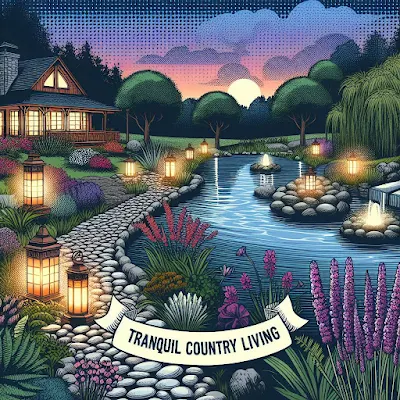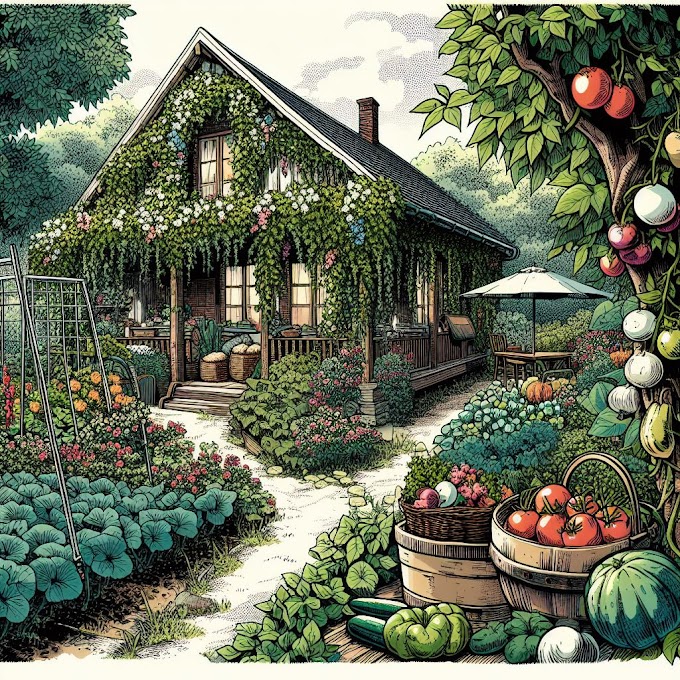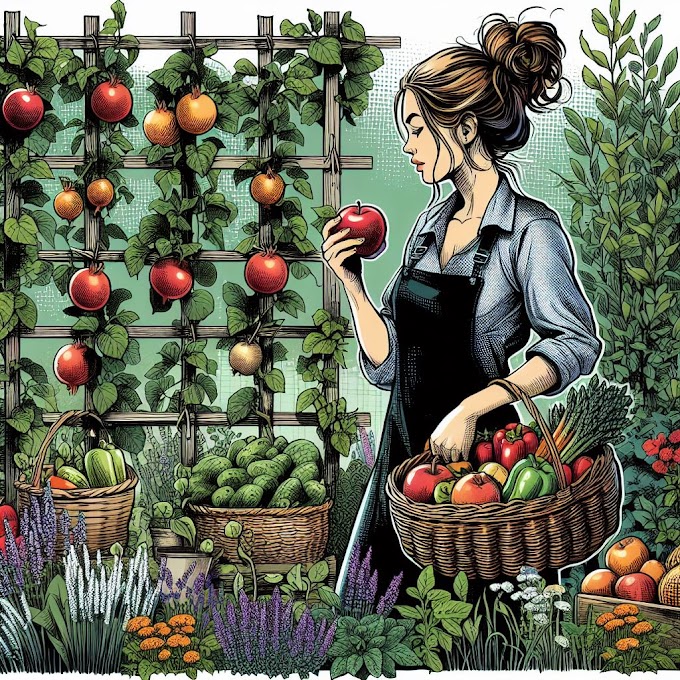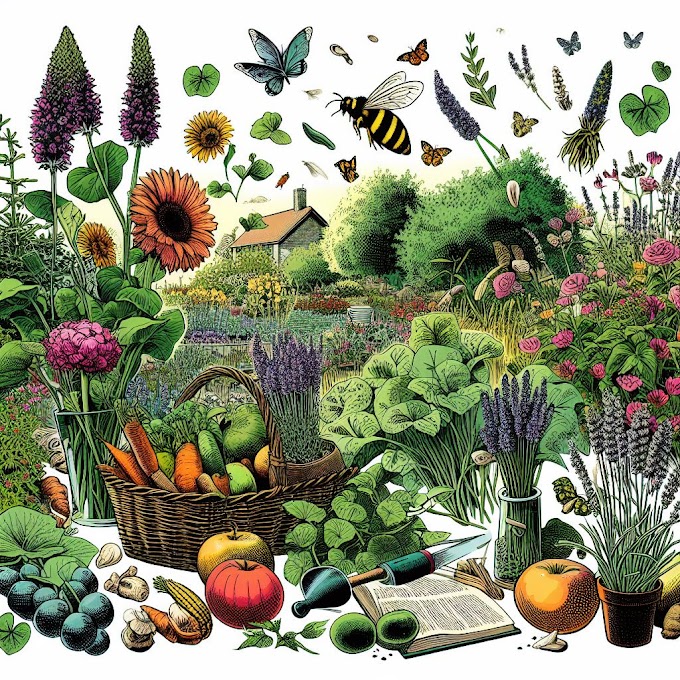Thrifty Gardening: Maximizing Savings with DIY Solutions and Natural Alternatives

Gardening doesn't have to be expensive! With a little ingenuity and resourcefulness, you can create a beautiful and productive garden on a budget.
From homemade fertilizers to DIY trellises, here are some thrifty gardening tips to help you save money while growing a lush and vibrant garden:
1. DIY Trellises:
Instead of purchasing expensive trellises, get creative and make your own using materials you already have on hand. Repurpose old ladders, lattice, or even sturdy branches to support climbing plants like tomatoes, cucumbers, and beans.
2. Homemade Natural Tea Fertilizer:
Brew your own fertilizer tea using organic materials like compost, composted manure, and seaweed. Simply steep the ingredients in water for a few days to create a nutrient-rich liquid fertilizer that can be applied directly to your garden plants.
3. Epsom Salt:
Use Epsom salt as a cost-effective way to boost magnesium levels in the soil and promote healthy plant growth. Dissolve Epsom salt in water and apply it to your garden beds or mix it into the soil before planting.
4. Coffee Grounds:
Put your used coffee grounds to good use by adding them to your garden soil. Coffee grounds are rich in nitrogen and can help improve soil fertility, enhance microbial activity, and deter pests like slugs and snails.
5. Food Waste:
Instead of throwing away certain food scraps, bury them in your garden to enrich the soil and provide nutrients for your plants. Banana peels, crushed eggshells, and vegetable scraps can all be composted or buried directly in the soil to decompose and nourish your plants.
6. Cardboard Ground Cover:
Use cardboard from boxes or packaging as a natural weed barrier and ground cover in your garden beds. Simply lay down flattened cardboard pieces before mulching to suppress weeds and retain moisture in the soil.
7. Twig and Branch Mulch:
Chop up twigs and branches from pruning sessions and use them as mulch in your garden beds. The organic matter will break down over time, enriching the soil and providing habitat for beneficial soil organisms.
8. Dead Flower Heads and Leaves:
Don't discard dead flower heads and leaves—use them as mulch or compost material instead. Deadheading spent blooms and incorporating fallen leaves into your garden beds adds organic matter and helps maintain soil moisture.
9. Soil Transfer:
Instead of purchasing new soil for your garden beds, take soil from another part of your yard and use it to fill in new beds. This not only saves money but also helps preserve the natural ecosystem of your property.
10. Homemade Insect Sprays:
Create your own insect spray using ingredients like garlic, hot peppers, and soap to deter pests naturally. Blend the ingredients with water and spray the solution on affected plants to repel insects and protect your garden.
11. Natural Vinegar Weed Killer:
Use household vinegar as a natural weed killer to control unwanted vegetation in your garden paths and driveways. Simply spray undiluted vinegar on weeds to kill them without harming the environment.
12. Repurpose Old Lattice:
Instead of discarding old lattice, repurpose it as a trellis for vining vegetables like peas, beans, and squash. Simply prop up the lattice against a fence or wall and train your plants to climb and spread.
By implementing these thrifty gardening tips and DIY solutions, you can enjoy a beautiful and productive garden without breaking the bank.
From homemade fertilizers to repurposed materials, there are plenty of ways to save money while nurturing your green thumb and cultivating a thriving garden oasis.



















